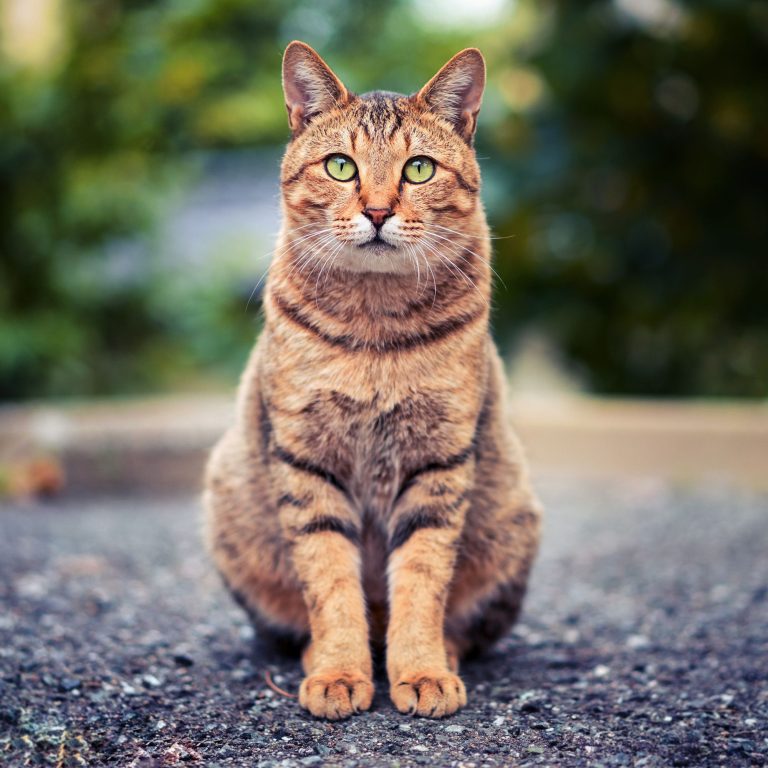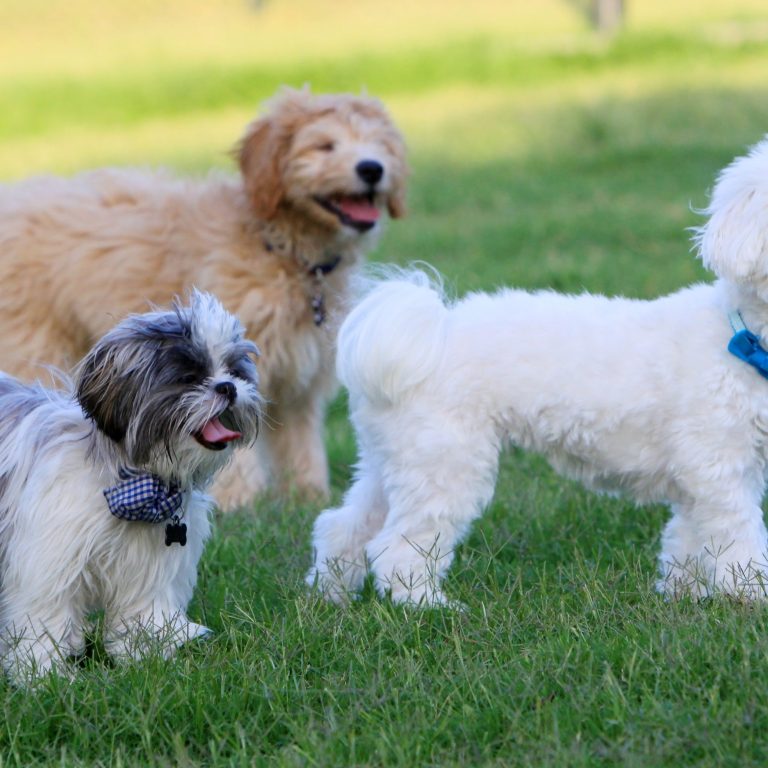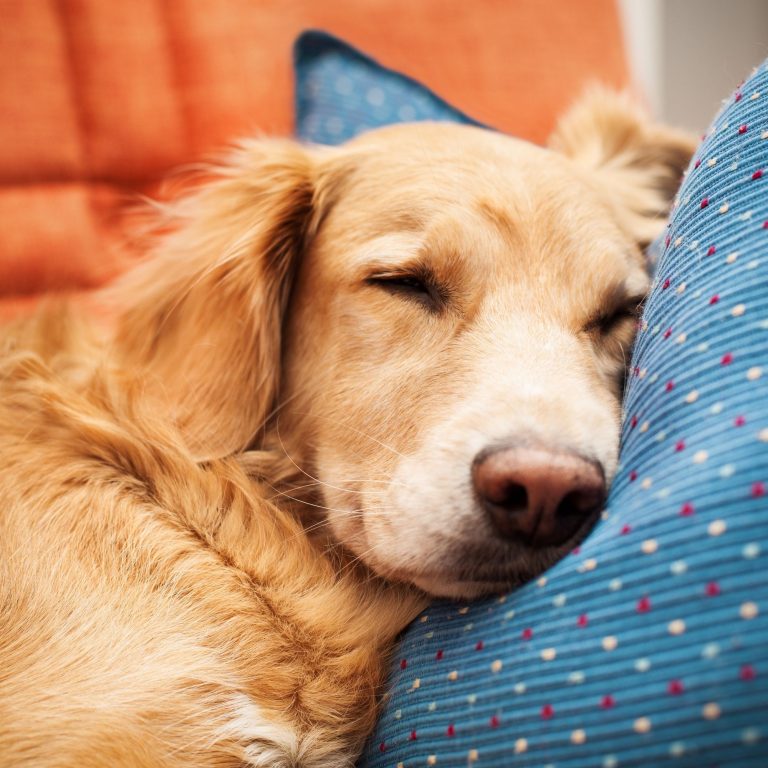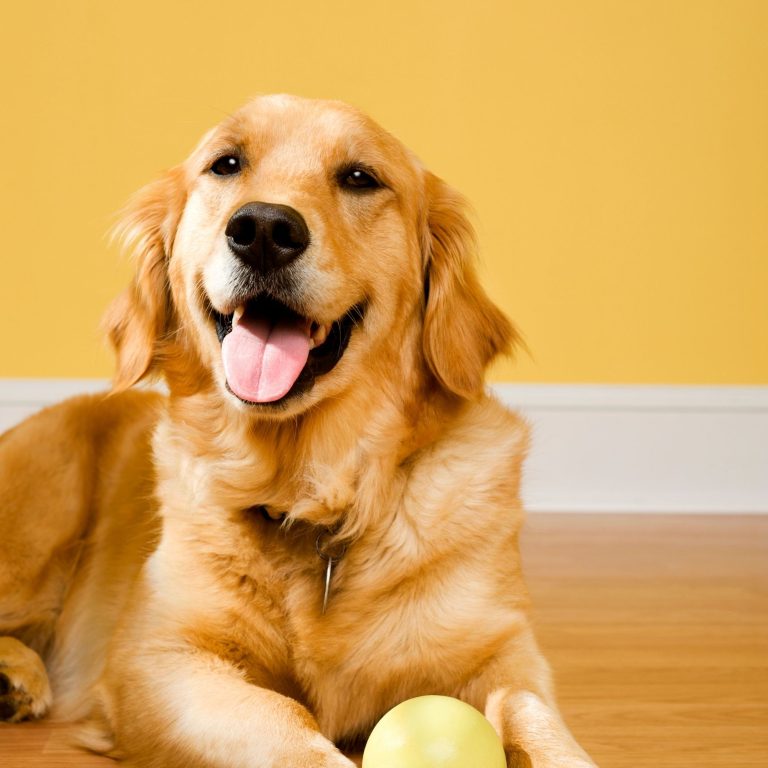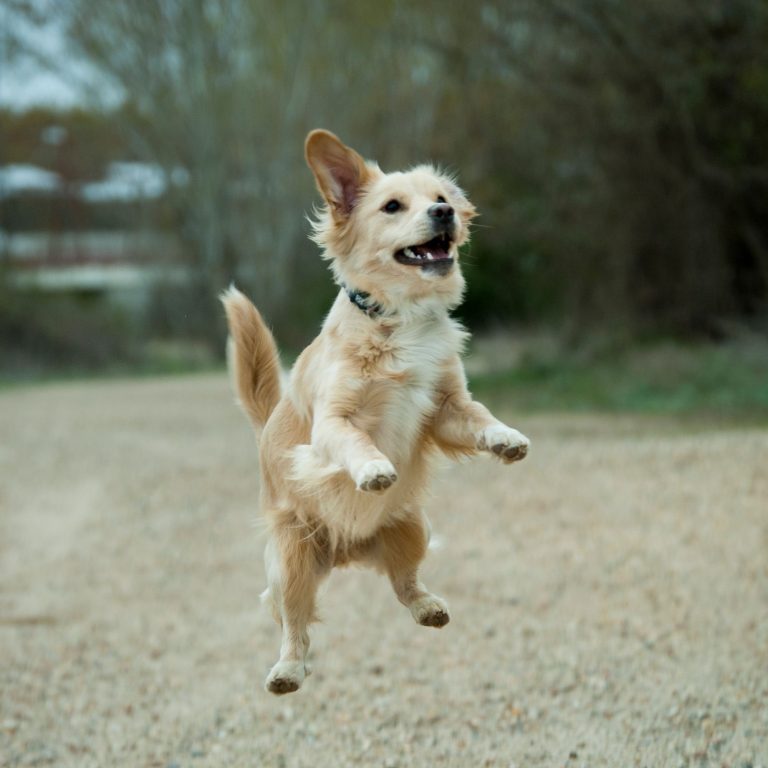Turn those Frowns Upside Down: Interactive Toys for Anxious Kitties
If you have noticed that your feline friend is displaying signs of anxiety, it’s important to understand what they may be experiencing. Anxiety in cats can manifest in various ways, and identifying the signs and common causes can help you address their needs effectively.
Signs and Symptoms of Anxiety in Cats
Cats may exhibit a range of signs and symptoms when they are experiencing anxiety. Keep an eye out for the following behaviors:
- Excessive Hiding: Anxious cats may seek out hiding spots and spend more time secluded from their usual environment.
- Aggression: Some cats may become more aggressive or easily startled due to heightened anxiety levels.
- Excessive Grooming: Cats with anxiety may engage in excessive grooming, leading to hair loss or skin irritation.
- Changes in Appetite: Anxiety can affect a cat’s eating habits, leading to decreased or increased appetite.
- Urination or Defecation Issues: Some cats may experience litter box avoidance or develop inappropriate elimination habits due to anxiety.
- Excessive Vocalization: Anxious cats may vocalize more frequently, displaying excessive meowing or yowling.
Monitoring your cat’s behavior and recognizing these signs can help you identify if anxiety may be the underlying cause of their distress. For more information on anxiety in cats, check out our article on anxiety-reducing toys for cats.
Common Causes of Anxiety in Cats
Anxiety in cats can be triggered by various factors. Understanding the common causes can help you address the root of their anxiety and provide appropriate solutions. Some common causes of anxiety in cats include:
- Environmental Changes: Cats are creatures of habit, and changes in their environment, such as moving to a new home or rearranging furniture, can trigger anxiety.
- Lack of Socialization: Cats that have not been adequately socialized during their early development stages may be prone to anxiety and fear in new situations or around unfamiliar people.
- Separation Anxiety: Cats that become overly attached to their owners may experience separation anxiety when left alone for extended periods.
- Loud Noises or Thunderstorms: Sudden loud noises, such as fireworks or thunderstorms, can cause anxiety in cats.
- Medical Conditions: Certain medical conditions, such as hyperthyroidism or chronic pain, can contribute to anxiety in cats.
Identifying the specific cause of your cat’s anxiety can help you tailor your approach to managing their anxiety. If you suspect that your cat is experiencing anxiety, it is recommended to consult with a veterinarian to rule out any underlying medical conditions. They can provide guidance and recommend appropriate measures to alleviate your cat’s anxiety.
Understanding the signs and causes of anxiety in cats is the first step towards providing them with the support they need. By addressing their anxiety, you can help improve their overall well-being and create a more comfortable and stress-free environment for your feline companion.
Benefits of Interactive Toys for Anxious Cats
Interactive toys can play a significant role in helping to alleviate anxiety in cats. These toys provide mental stimulation, physical exercise, and stress reduction, which are all essential for the overall well-being of your anxious feline friend.
Mental Stimulation and Enrichment
Interactive toys engage your cat’s mind and provide mental stimulation, which is especially beneficial for anxious cats. These toys often involve puzzles, hidden treats, or interactive features that require problem-solving skills. By encouraging your cat to think and use their natural instincts, these toys can help redirect their focus away from anxiety-inducing triggers.
Through mental stimulation and enrichment, interactive toys can help reduce boredom and provide a sense of purpose for your anxious cat. This can lead to improved overall behavior and a more contented and relaxed feline companion.
Physical Exercise and Energy Release
Physical exercise is not only important for a cat’s physical health but can also aid in reducing anxiety. Interactive toys that encourage movement, such as teaser wands or toys that mimic prey-like behavior, can help your anxious cat release pent-up energy and improve their overall mood.
Engaging your cat in play sessions with interactive toys can promote physical exercise, muscle development, and weight management. Regular playtime can also strengthen the bond between you and your cat, providing a positive and supportive environment that helps alleviate anxiety.
Stress Reduction and Relaxation
Interactive toys designed specifically for anxiety relief can help create a calming environment for your anxious cat. These toys often incorporate features like soothing sounds, gentle vibrations, or comforting scents. By providing a distraction and creating a sense of security, these toys can help reduce stress and promote relaxation.
Some interactive toys for anxious cats are designed to mimic behaviors that cats find comforting, such as kneading or purring. These toys can help create a soothing and reassuring environment, allowing your cat to feel more at ease.
Incorporating interactive toys into your anxious cat’s daily routine can have numerous benefits. They provide mental stimulation, physical exercise, and stress reduction, all of which contribute to a happier and more relaxed feline companion. Remember to introduce interactive toys gradually, use positive reinforcement, and monitor your cat’s interaction for the best results.
Interactive Toy Options for Anxious Cats
If you have an anxious cat, providing them with interactive toys can be a great way to help alleviate their anxiety and keep them engaged. Interactive toys not only provide mental stimulation and enrichment, but they also offer physical exercise and help redirect their focus. Here are three types of interactive toys that can be particularly beneficial for anxious cats:
Puzzle Toys
Puzzle toys are a fantastic option for anxious cats, as they offer mental stimulation and encourage problem-solving. These toys typically have hidden compartments or compartments that require manipulation to access treats or toys. By engaging in these puzzles, your cat will be distracted and focused on the task at hand, helping to reduce their anxiety. Additionally, puzzle toys can help slow down their eating pace, which can be beneficial for cats prone to gulping their food.
| Type of Puzzle Toy | Description |
|---|---|
| Treat Maze | A toy with hiding spots for treats that require your cat to figure out how to retrieve them. |
| Interactive Feeder | A toy that requires your cat to work for their food by pawing or batting at it to dispense small portions. |
| Hide-and-Seek Toy | A toy that conceals treats or toys in various compartments, encouraging your cat to search and find them. |
Treat Dispensing Toys
Treat dispensing toys are another excellent option for anxious cats. These toys are designed to hold treats or kibble, which are released as your cat interacts with the toy. The act of pawing or batting at the toy to retrieve the treats provides mental and physical stimulation, helping to distract your cat from their anxious thoughts. Treat dispensing toys can also encourage slower eating habits and provide a sense of reward and satisfaction.
| Type of Treat Dispensing Toy | Description |
|---|---|
| Ball Treat Dispenser | A ball-shaped toy that dispenses treats as your cat rolls or paws at it. |
| Food Puzzle Mat | A mat with hidden pockets or flaps that hold treats, encouraging your cat to use their paws to find and retrieve them. |
| Interactive Treat Dispenser | A toy that releases treats when your cat manipulates specific parts or solves a puzzle. |
Interactive Wand Toys
Interactive wand toys are a popular choice for engaging anxious cats in play. These toys consist of a long wand with a dangling object, such as feathers or a toy mouse, attached to a string. By moving the wand, you can simulate the movement of prey, captivating your cat’s attention and encouraging them to pounce and chase. This type of interactive play can help release pent-up energy and provide an outlet for their natural hunting instincts.
| Type of Interactive Wand Toy | Description |
|---|---|
| Feather Wand | A wand with feathers attached to a string, mimicking the movement of a bird. |
| Teaser Wand | A wand with various attachments, such as bells or toys, to entice your cat to play and chase. |
| Mouse Wand | A wand with a toy mouse attached, allowing you to mimic the movements of a scurrying rodent. |
By incorporating these interactive toy options into your cat’s playtime, you can help distract them from their anxiety and provide them with mental and physical stimulation. Remember to choose toys that are safe and suitable for your cat’s preferences and always supervise playtime. For more information on anxiety-reducing toys, check out our article on anxiety-reducing toys for cats.
DIY Interactive Toy Ideas
If you have an anxious cat, you can provide them with interactive toys to help keep them engaged and reduce their anxiety. Making your own interactive toys can be a fun and cost-effective way to provide mental stimulation and entertainment for your feline friend. Here are some DIY interactive toy ideas that you can try:
Homemade Puzzle Toys
Puzzle toys are a great way to challenge your cat’s problem-solving skills and keep their minds active. You can easily create homemade puzzle toys using everyday items found around the house. For example, you can make a simple treat puzzle by cutting holes in a cardboard box and placing treats inside. Your cat will have to figure out how to fish out the treats, keeping them engaged and mentally stimulated.
Here are a few more DIY puzzle toy ideas for your anxious cat:
- Bottle Cap Game: Attach bottle caps to a tray or a piece of cardboard, and hide treats underneath them. Your cat will have to lift the caps to find the treats.
- Toilet Paper Roll Puzzle: Fold the ends of a toilet paper roll and place treats inside. Your cat will have to unroll the tube to access the treats.
- Sock Ball: Fill a sock with catnip or treats and tie a knot to secure it. Your cat will enjoy batting the sock ball around and trying to retrieve the goodies inside.
DIY Treat Dispensing Toys
Treat dispensing toys provide entertainment and reward your cat’s curiosity. You can easily make your own treat dispensing toys using household items. For example, you can take a plastic water bottle, poke holes in it, and fill it with treats. As your cat bats the bottle around, treats will fall out through the holes, keeping them engaged and motivated.
Here are a few more ideas for DIY treat dispensing toys:
- Cardboard Tube Treat Dispenser: Cut holes in a cardboard tube and place treats inside. Your cat will have to shake and roll the tube to get the treats to fall out.
- Muffin Tin Treat Puzzle: Place treats in the cups of a muffin tin and cover them with tennis balls or toys. Your cat will have to remove the toys to access the treats.
Crafty Interactive Wand Toys
Interactive wand toys provide an opportunity for you to play and bond with your anxious cat. You can create your own crafty wand toys using materials readily available at home. Attach feathers, strings, or bells to the end of a stick or dowel, and you’ll have a captivating toy that will engage your cat’s hunting instincts.
Here are a few more ideas for crafty interactive wand toys:
- Paper Butterfly Wand: Cut out butterfly shapes from colored paper and attach them to a string. Your cat will be enticed by the fluttering butterflies as you wave the wand.
- Pom-Pom Wand: Attach colorful pom-poms to a string or ribbon and let your cat chase and pounce on them.
By creating these DIY interactive toys, you can provide mental stimulation, engagement, and entertainment for your anxious cat. Remember to supervise your cat while they play and ensure that the toys are safe and free from any small parts that could be swallowed. For more ideas on anxiety-reducing toys for cats, explore our article on anxiety-reducing toys for cats.
Tips for Introducing Interactive Toys to Anxious Cats
Introducing interactive toys to your anxious cat can be a beneficial way to provide mental stimulation, physical exercise, and stress relief. However, it’s important to approach the introduction process carefully to ensure a positive experience for your feline friend. Here are some tips to help you get started:
Gradual Introduction
When introducing interactive toys to your anxious cat, it’s best to start slow and gradually increase the level of interaction. Begin by placing the toy in an area where your cat feels comfortable, such as their favorite spot or near their hiding place. Allow your cat to investigate the toy at their own pace without any pressure.
If your cat shows interest in the toy, encourage them with gentle praise and positive reinforcement. However, if your cat seems hesitant or anxious, give them space and try again later. It’s crucial to respect your cat’s boundaries and not force them to engage with the toy before they are ready.
Positive Reinforcement
To motivate your anxious cat to interact with the toys, use positive reinforcement techniques. Reward your cat with treats, praise, or affection when they show interest or play with the interactive toy. This positive association will help your cat view the toy as a source of enjoyment and reduce their anxiety.
It’s important to note that not all cats respond to treats or praise in the same way. Observe what motivates your cat the most and adjust your rewards accordingly. Some cats may prefer treats, while others may respond better to verbal praise or gentle petting.
Monitoring and Supervision
When your anxious cat is playing with interactive toys, it’s essential to monitor their behavior and provide supervision. Keep an eye on how your cat interacts with the toy and ensure their safety. Remove any small parts that could be swallowed or cause harm.
Additionally, supervise play sessions to prevent any potential accidents or overstimulation. If your cat becomes overly excited or agitated, take a break and allow them to relax. Remember, interactive toys should provide a positive and calming experience for your anxious cat, so it’s important to maintain a calm and stress-free environment during playtime.
By following these tips, you can help your anxious cat adjust to and enjoy playing with interactive toys. Remember to be patient, provide positive reinforcement, and create a safe and comfortable environment for your feline companion. For more information on anxiety-reducing toys for cats, check out our article on anxiety-reducing toys for cats.


